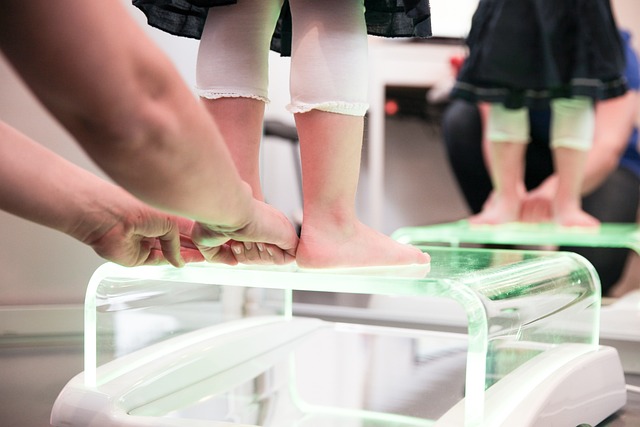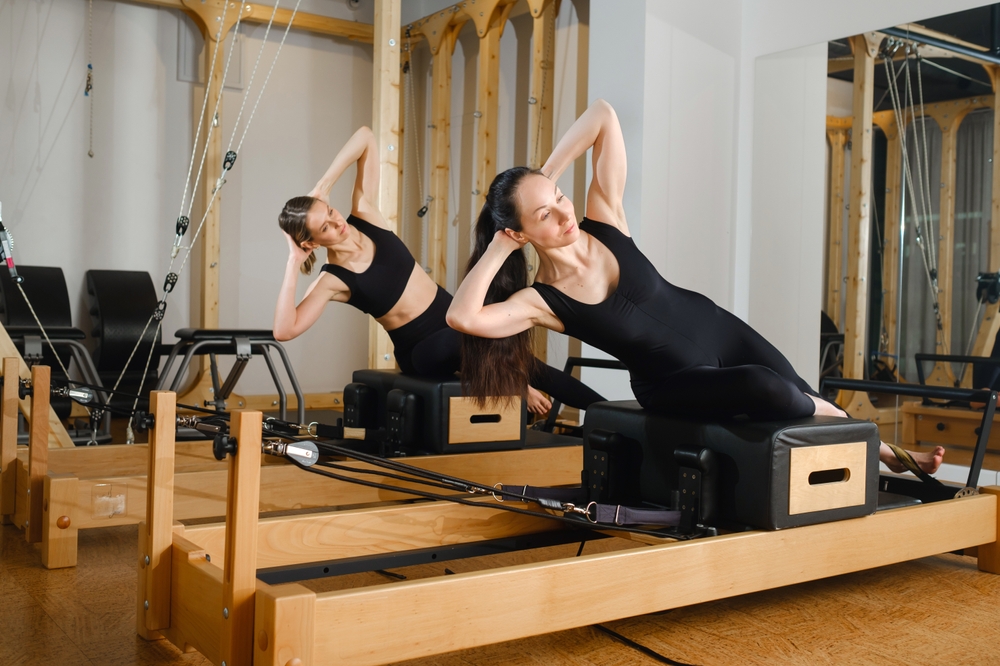Step-by-step guide to safe rehabilitation for heel injuries
This guide explains safe, progressive rehabilitation strategies for common heel injuries, focusing on assessment, structured exercises, footwear adjustments, and recovery principles. It is designed for readers seeking clear, evidence-informed steps to manage heel pain and support long-term foot health.

Heel pain can be persistent and disruptive, but a structured rehabilitation plan helps most people regain function and reduce symptoms over weeks to months. This article outlines practical steps for safe rehab after heel injuries, covering assessment and diagnosis, how biomechanics and posture affect the foot, targeted stretches and exercises, supportive footwear and orthotics, soft-tissue approaches for inflammation, and where to find local services for ongoing care. Follow gradual progressions and monitor pain responses to guide recovery.
This article is for informational purposes only and should not be considered medical advice. Please consult a qualified healthcare professional for personalized guidance and treatment.
Heel pain and diagnosis
A clear diagnosis is the first step in safe rehab. Heel pain may result from plantar fascia irritation, Achilles tendinopathy, bursitis, or bone stress; each has distinctive features on history and exam. Expect assessment to include symptom timing (first-step pain vs activity-related pain), palpation, range of motion, and gait observation. Imaging such as ultrasound or MRI can clarify complex cases but is not always required. Accurate diagnosis guides which exercises, orthotics, or therapies will be most appropriate for recovery.
Role of biomechanics and posture
Foot and whole-body biomechanics influence load on the heel and arch. Overpronation, high arches, or limited ankle dorsiflexion change force distribution and can increase strain on the plantar tissues. Posture and hip/trunk control also affect gait mechanics. A trained clinician can perform gait and standing assessments to identify contributing movement patterns. Addressing biomechanics through targeted mobility work, strengthening, and footwear adjustments reduces repetitive stress and supports safer rehab progress.
Footcare, footwear, and orthotics
Appropriate footwear is a practical first-line measure in footcare. Shoes with good arch support, stable heels, and cushioning help reduce peak forces on the heel. Over-the-counter insoles or custom orthotics may be recommended to support the arch and redistribute pressure; orthotics are custom when persistent biomechanical problems exist. Rotate shoes, avoid barefoot walking on hard surfaces initially, and replace worn soles. Simple changes in footwear often complement stretches and exercises to accelerate recovery.
Stretches, exercises, and mobility
A progressive exercise plan combines stretching, strengthening, and mobility activities. Gentle plantar fascia and calf stretches reduce stiffness; eccentric calf loading and intrinsic foot muscle strengthening improve tissue capacity. Start with low-load, pain-monitored exercises (pain acceptable if not increasing) and build frequency and intensity slowly. Incorporate balance and foot proprioception drills to restore function. Typical programs run daily for stretches and 3–4 times weekly for strengthening, adjusted per individual response.
Massage, inflammation control, and recovery
Manual therapies such as massage, self-massage with a ball, or instrument-assisted soft tissue work can relieve local tightness and improve mobility. Manage inflammation with relative rest, activity modification, and ice after intense sessions if swelling or acute flare-ups occur. Gradual return to activity emphasizes load management: increase distance, intensity, or impact by no more than 10% per week once pain is controlled. Prioritize sleep, nutrition, and cross-training to support tissue healing and recovery.
| Provider Name | Services Offered | Key Features/Benefits |
|---|---|---|
| Mayo Clinic | Podiatry, physical therapy, diagnostics | Multidisciplinary care, evidence-based protocols |
| Cleveland Clinic | Foot and ankle specialists, imaging | Specialists with surgical and conservative options |
| NHS / National health services | Podiatry and physiotherapy referrals | Public access routes, community clinic support |
| Local podiatry and physiotherapy clinics | Assessment, gait analysis, orthotics, rehab programs | Personalized in-person care, hands-on therapies |
Local services and ongoing care
If symptoms persist despite home strategies, seek assessment from local services such as podiatrists, physiotherapists, or orthopedic specialists in your area. These providers offer gait analysis, custom orthotics, supervised rehab programs, and advanced interventions when needed. When choosing care, look for clinicians experienced in foot biomechanics and rehabilitation. Combining professional guidance with home exercises typically produces better outcomes than either approach alone.
Conclusion A safe rehabilitation plan for heel injuries blends accurate diagnosis, attention to biomechanics and posture, supportive footwear or orthotics, graduated stretches and strengthening exercises, and inflammation control. Recovery timelines vary; consistent, monitored progression and collaboration with trained clinicians when needed help protect the heel while restoring mobility and function.






